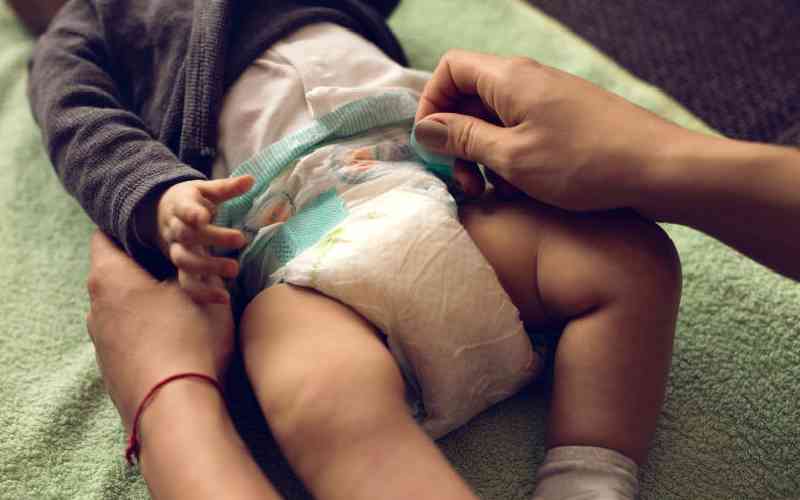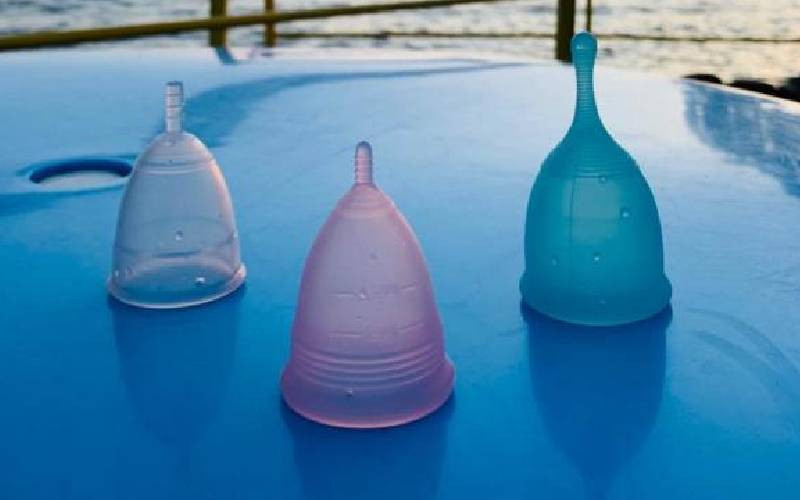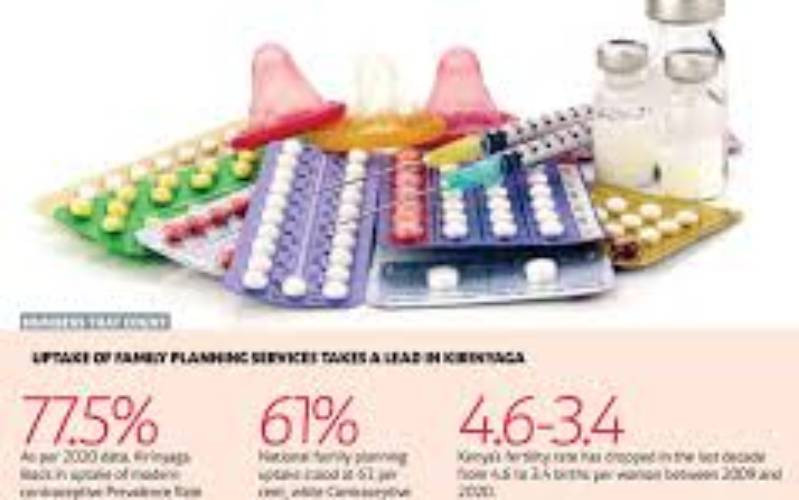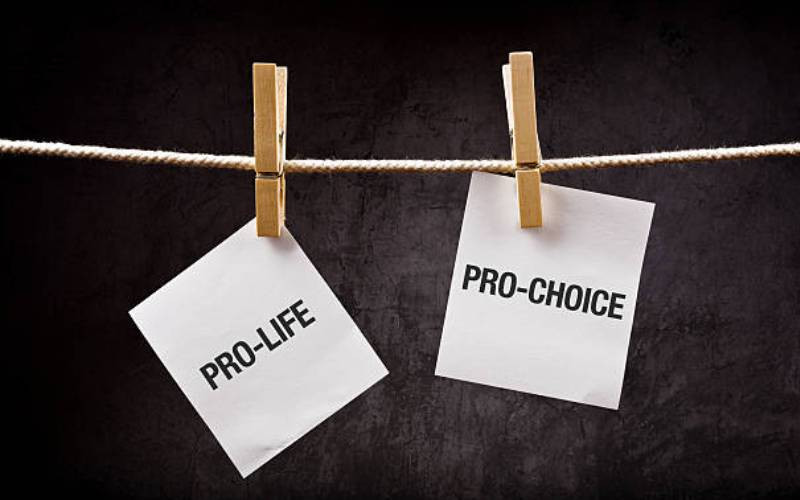
The number of stillbirths reported in the country is alarming, despite a boost in child and maternal health.
Kenya is recording two per cent of stillbirths, according to data from the Kenya Demographic and Health Survey (KDHS)
The data clustered stillbirths as perinatal mortality rate which is loss that occurs after 28 weeks of gestation and early neonatal deaths, within seven days of life.
"Stillbirth rate stands at 15 stillbirths per 1,000 pregnancies of 28 or more weeks' duration, whereas Kenya's early neonatal rate is 17 early neonatal deaths per 1,000 live births.
Overall, at least 88 per cent of live births and stillbirths in the two years before the release of the survey occurred in a health facility, whereas 11 per cent occurred at home.
Sixty-four per cent of the live births and stillbirths occurred in a public-sector health facility, against 18 per cent which occurred in a private-sector health facility
"The perinatal mortality rate is higher among pregnancies of women aged between 40 and 49, representing at least 55 deaths per 1,000 pregnancies, against pregnancies among other age groups which are at 38 deaths or fewer per 1,000 pregnancies," noted the report in part.
- Kilifi seeks to end risky abdominal massage on pregnant women
- Parliament team warns of health disruptions after Bill withdrawal
Keep Reading
The survey revealed that the perinatal mortality rate is highest when the pregnancy occurred less than 15 months after the previous pregnancy, which results in at least 41 deaths against 34 deaths or fewer deaths per 1,000 pregnancies.
Big worry
Counties recording the highest perinatal mortality rates include Wajir (76 deaths per 1,000 pregnancies), Mombasa (57 deaths per 1,000 pregnancies), Siaya (54 deaths per 1,000 pregnancies), Murang'a (51 deaths per 1,000 pregnancies) and Kisumu (47 deaths per 1,000 pregnancies).
Acting Director General of Health Dr Patrick Amoth said the trend of stillbirth recorded is worrying. "We are recording two per cent stillbirth, which is a big worry for the country," said Amoth during the release of the 2022 KHDS report on Monday.
According to a global plan set by World Health Organisation and Unicef in 2014 dubbed 'Every Newborn Action Plan' aimed at ending preventable maternal and newborn deaths and stillbirths should be less than 12 per cent, or fewer stillbirths per 1,000 births by 2030.
During the five years before the survey, Kenya's neonatal mortality rate was 21 deaths per 1,000 live births, while the infant mortality rate stood at 32 deaths per 1,000 live births. The under-five mortality rate was 41 deaths per 1,000 live births.
According to the data, at least three-quarters representing 78 per cent of all deaths in the first five years of a child occur during infancy and about half, representing 51 per cent of all deaths, occur during the first month of life.

"During the five to nine-year period before the survey, the neonatal mortality rate was 25 deaths per 1,000 live births, the infant mortality rate was 38 deaths per 1,000 live births, and the under-five mortality rate was 46 deaths per 1,000 live births," reads a section of the report.
"Between the 1989 KDHS and the 2022 KDHS, childhood mortality peaked in the five years before the 2003 KDHS and has since declined steadily. Under-five child mortality declined from 115 deaths per 1,000 live births in the five-year period before 2003 to 41 deaths per 1,000 live births in the period before 2022."
The survey noted that under-five mortality rate is higher among children born to mothers with primary level education than among children born to mothers with more than secondary education at 49 deaths against 32 respectively.
Also, the survival of infants and children depends in part on the demographic and biological characteristics of their mothers, according to the survey. "Typically, the probability of dying in infancy is much greater among children born to mothers who are too young (under age 18) or too old (over age 34), children born after a short birth interval (less than 24 months after the preceding birth), and children born to mothers of high parity (more than three children)," added the report.
Meanwhile, hospital deliveries have gradually increased over the years. According to the survey, the percentage of live births occurring in a health facility has more than doubled to 88 per cent in 2022
Health facility
At least 97 per cent of live births in urban areas are delivered in a health facility, compared with 83 per cent in rural areas. "The percentage of deliveries in a health facility increases with mother's level of education, from 50 per cent for mothers with no education to 99 per cent for mothers with more than the secondary level of education," noted the report.
"The percentage of deliveries in a health facility ranges from 50 per cent in both Turkana and Mandera to 99 per cent in both Nairobi City and Nyeri counties."
Unicef Kenya representative Shaheen Nilofer in a speech read by Dominic Stolarow said the 2022 KDHS underscored some positive indications that the quality of life in Kenya continues to improve.
Meanwhile, childhood vaccination rate has increased with at least 80 per cent of children aged between 12 and 23 months fully vaccinated against all basic antigens, and 55 per cent fully vaccinated according to the data.
Kisii and Tharaka Nithi recorded the highest number of children fully vaccinated, where more than eight in 10 children aged between 12 and 23 months are vaccinated.
 The Standard Group Plc is a multi-media organization with investments in media platforms spanning newspaper print
operations, television, radio broadcasting, digital and online services. The Standard Group is recognized as a
leading multi-media house in Kenya with a key influence in matters of national and international interest.
The Standard Group Plc is a multi-media organization with investments in media platforms spanning newspaper print
operations, television, radio broadcasting, digital and online services. The Standard Group is recognized as a
leading multi-media house in Kenya with a key influence in matters of national and international interest.











